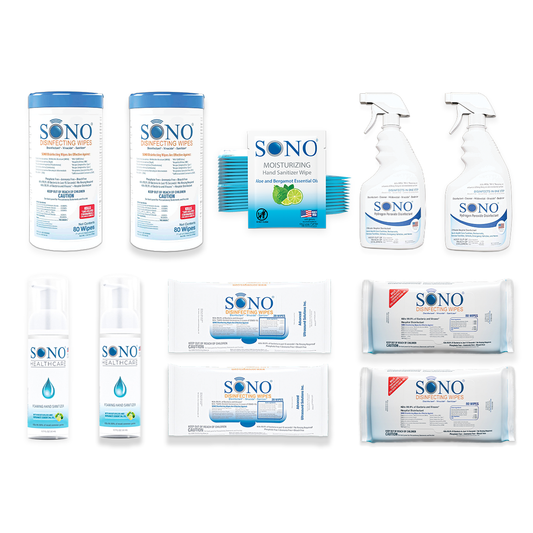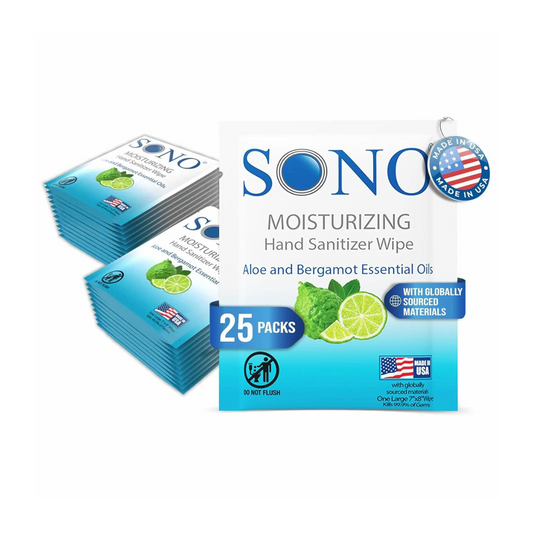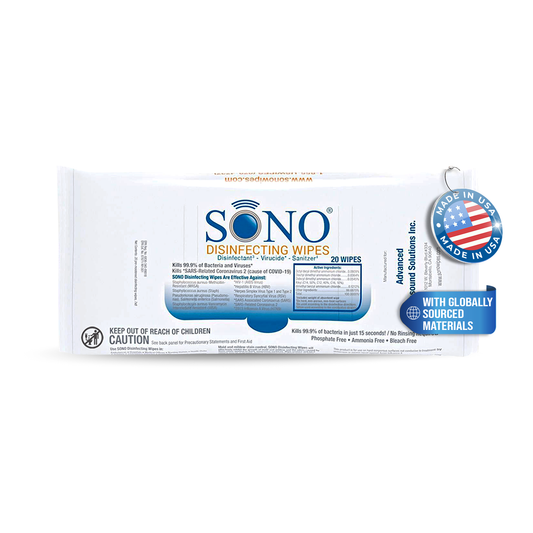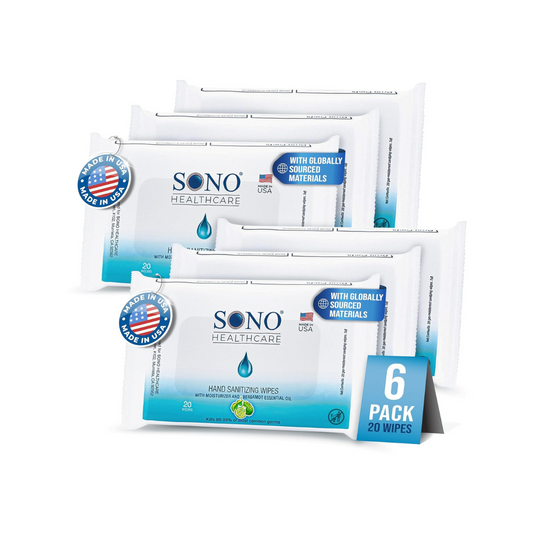When you think about travel hygiene, odds are your mind jumps to public restrooms or the tray table on a plane. But what about your luggage handle?
Most people never think to disinfect their bags—yet your suitcase, carry-on, or backpack might be one of the most bacteria-laden items you own.
Let’s break down the why, the science, and most importantly, what to do about it.
🧬 The Problem: Why Your Luggage Is a Germ Hotspot
A 2020 study published in Travel Medicine and Infectious Disease found that high-touch personal items like luggage handles can carry bacterial loads comparable to public toilet seats. And unlike toilets, they’re rarely cleaned.
Here’s what makes luggage uniquely vulnerable:
-
Low-friction surfaces (like polycarbonate shells or canvas) can hold onto dirt and biofilm longer than smooth, nonporous ones like stainless steel.
-
Frequent, unsupervised contact with unsanitary areas: think airport floors, public transport, hotel luggage storage, car trunks.
-
Rare cleaning cycles: Unlike countertops or even smartphones, suitcases are often stored and reused without any disinfection.
Bacteria like Staphylococcus aureus, E. coli, and Pseudomonas thrive in the microcracks and seams of fabric suitcases, while viruses like norovirus can persist on hard surfaces for up to 28 days.
🧳 Not All Germs Are Equal: Hidden Health Risks for Travelers
You’re not just picking up germs for fun—here’s what’s actually at stake:
-
Cross-contamination: Luggage gets thrown on hotel beds, into Uber seats, or inside your closet. Whatever’s on the wheels or shell could wind up on your pillowcase.
-
Skin infections: Handling contaminated luggage then touching your face or mouth can cause localized infections, especially for those with eczema or small cuts.
-
Immune stress during travel: Your immune system is often compromised during flights due to dry air, irregular sleep, and exposure to new environments—making you more vulnerable to the bacteria your luggage is harboring.
✈️ When (and What) to Wipe: A Realistic Game Plan
Let’s get practical. Here’s what to clean and when to do it, broken down by travel phase:
✅ Before You Travel
-
Sanitize high-touch points like handles, zippers, and side grips.
-
Spray or wipe down wheels—they pick up bacteria and chemicals from sidewalks, restrooms, and plane cargo holds.
-
Wipe down internal compartments, especially if you’re reusing luggage stored in an attic or garage.
🔄 During Travel
-
Keep a slim travel wipe pack easily accessible in your carry-on.
-
After public transit or airport handling, do a quick wipe of:
-
Carry-on handles and straps
-
Laptop sleeves and pouches
-
Reusable water bottles (especially if they touch plane trays or restroom sinks)
-
-
Use wipes for hotel remotes, light switches, drawer handles, and toiletries cases.
🏠 After You Return
-
Before storing your bags, wipe down:
-
Exterior shell or fabric surface
-
Wheels
-
Interior lining (especially if you carried food or shoes)
-
-
Let it dry fully before zipping it shut to avoid mold or mildew buildup.
🧼 What to Use: Not All Wipes Are Travel-Friendly
Avoid harsh wipes loaded with alcohol, bleach, or synthetic fragrances. They can:
-
Degrade fabric coatings
-
Leave sticky residue
-
Trigger allergies in confined travel spaces
Instead, look for wipes that are:
-
Alcohol-free and safe on skin
-
Non-streaking on plastic, rubber, leather, and nylon
-
Fragrance-free or lightly scented with essential oils
-
pH-balanced to prevent drying out delicate surfaces or irritating skin
SONO Wipes were made with this use case in mind—designed for both hand safety and surface power, so you don’t need separate wipes for gear and personal use.
🧠 Smart Habits: The Travel Kit You Didn’t Know You Needed
Before your next trip, stash these in a TSA-compliant bag:
-
SONO Disinfecting Wipes (travel size)
-
A microfiber cloth for electronics
-
Travel-size hand sanitizer (for non-wipe moments)
-
Zip-top bags for dirty laundry or shoes
-
One clean, sealable pouch for used wipes or trash
💡 Pro tip: Use a sharpie to label one pouch “dirty” and one “clean” for gear separation in your luggage.
Final Thought: Don’t Be the Germ Mule
You wouldn’t set your bare foot on a gas station floor—so why do we let our luggage roll through it and then throw it on the hotel bed?
Traveling exposes you to enough unknowns. Don’t let a dirty handle be the reason you catch something mid-vacation or bring it home to your family.
With a few smart wipe-down habits and the right products, you can protect your gear, your health, and your peace of mind—without adding any stress to your journey.





